Easter is the most important feast day in the Catholic Church, as St. Paul noted in 1 Corinthians 15:17: “And if Christ be not risen again, your faith is vain, for you are yet in your sins.” Here are some unique ways that this wonderful feast is celebrated throughout the world in Christian, Orthodox, and Catholic nations.
Greece
In Corfu, people throw out old pots from their windows into the street below as a way to welcome spring and the renewal of the Resurrection. This tradition is said by some to hearken back to the Biblical references of smashing clay, which symbolized God defeating His enemies – an appropriate callback during the season of Easter! While many nations welcome Easter with colorful and ornate eggs, in Greece, Easter eggs are simply red. The red eggs represent the Blood of Christ. There is a Greek tradition that one lights a candle and makes a wish as one enters a church or monastery. The Greek Orthodox Church follows the Julian calendar, so the date of Easter will differ from nations that follow the Gregorian calendar. In Greece, Lent does not begin on a Wednesday as it does in other nations. It begins on Clean Monday, when Greeks fly kites and spend time with family, enjoying meat-free dishes. Children will also bake or paint a figure called Kiria Sarakosti, which is a woman with seven legs, praying hands, and no mouth. She represents the contemplation that we are called to enter into during Lent, and the seven legs represent the seven weeks leading up to Easter. On each Saturday, children will cut off a leg, and the last one has a nut. Whichever child finds this nut is considered lucky. The day before Palm Sunday, Greeks celebrate Jesus raising Lazarus from the dead. On Holy Thursday, families dye their Easter eggs red, and on Good Friday, Greeks decorate Christ’s tomb. After the Easter service, fireworks ring out and families enjoy a meal together.
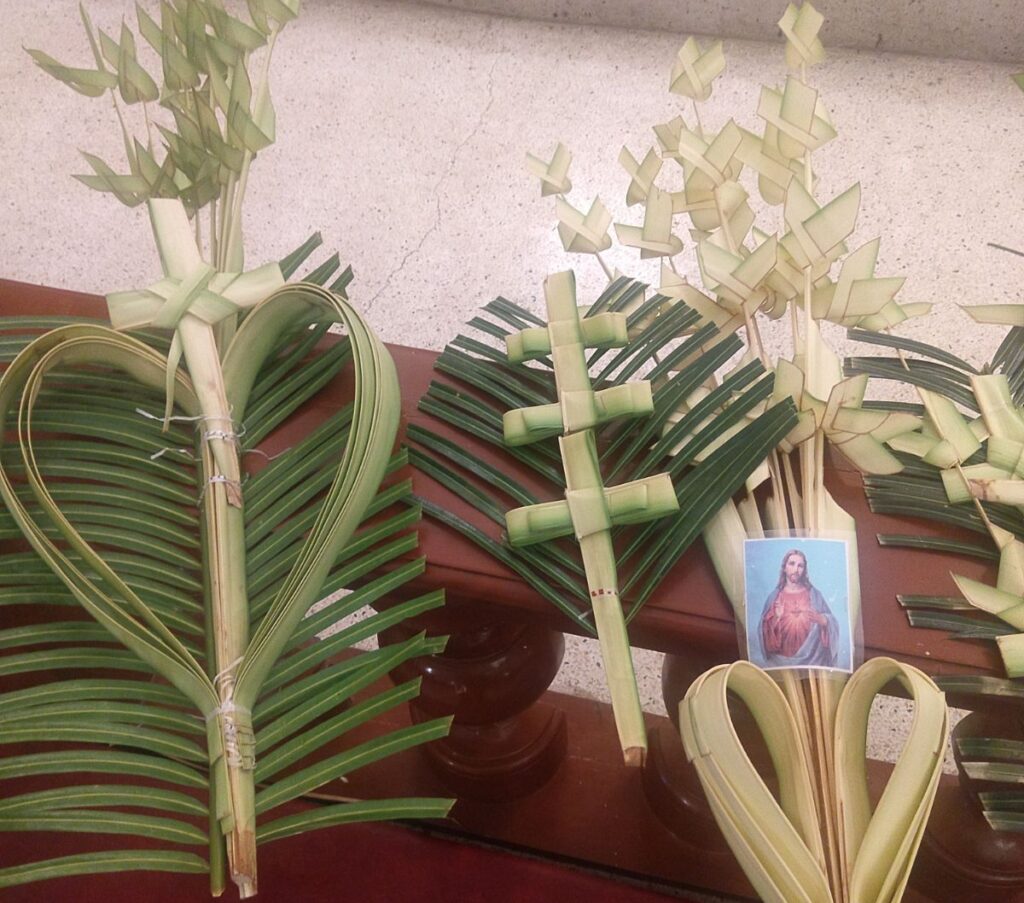
Bermuda
While white lilies are a familiar Easter symbol, these flowers are not native to Bermuda. However, lilies made their way to Bermuda by accident in the 19th century with a ship that came to Bermuda for emergency repairs. Traditionally, the best selection of lilies was sent to Her Majesty Queen Elizabeth II. The people in Bermuda have a unique Easter tradition – kite flying! Leading up to Good Friday, families make their kites from sticks, string, and bright tissue paper. This tradition comes from a legend that says that a teacher used a kite to show how Christ ascended into Heaven. On Good Friday, these kites fly high to commemorate Christ’s Ascension. Bermudians enjoy eating hot crossed buns over the Easter weekend with a codfish cake – the latter of which is a well-beloved dish by Bermudians! On Easter Sunday, the people attend services, after which they enjoy brunch with friends and family with egg hunts for the children.
Ethiopia
Throughout Africa, Easter is welcomed with colorful cloths with butterflies and flowers in the churches. Ethiopia, like Greece, follows the Julian calendar. On Palm Sunday, Christians wear headbands made of palms to remember Christ’s entrance into Jerusalem. From this day until Easter, Ethiopians will avoid hugging or kissing one another, as the Son of God was betrayed by Judas with a kiss. Some even walk barefoot until Good Friday. Easter in Ethiopia is a bigger deal than Christmas! The feast comes after the fifty-five day Lenten fast, and some Ethiopians will have a “last supper” on Holy Thursday and will not eat or drink until Easter Sunday. In church, they also practice foot washing to imitate Christ’s washing His Apostles’ feet. On Good Friday, those who attend services will find the celebrants chanting to sistrums and drums, and the people will often bow and kneel to feel something of Christ’s pain during His Passion. On Easter Sunday, the ceremonies are joyful, and they finish at around 4AM. At this time, Ethiopians gather to celebrate and feast with family, and later on, will bring food to the poor, thus kickstarting the week-long feast and celebratory festivities.
The Philippines
Filipinos are deeply religious and take Easter seriously. During Holy Week, many do the Stations of the Cross, reflecting on Christ’s Passion and Death. Families and communities also chant the Pasaba, which is a chant that tells the story of Jesus’ life, Death, and Resurrection. This chant can take hours or days! On Easter Sunday, the Filipinos have a beautiful tradition, called Salubong, where a statue of the Risen Christ and a statue of Our Lady meet. The men process with the Christ statue, and the women process with the Mary statue. When the two statues meet, girls dressed as angels take off Mary’s mourning veil. For the Easter feast, the familiar roast pig, along with other cultural staples, is commonly shared among family members.
Italy
Holy Week, or Settimana Santa, begins on Palm Sunday. But some places in Italy begin Holy Week rituals a few days earlier. The Palm Sunday Mass said by the Pope is the most well-attended in the nation. Processions are commonly done for Holy Thursday. Good Friday sees many Italians pray the Stations of the Cross, sometimes with people reenacting each Station in costume. The Pope processes from the Colosseum on Good Friday to Palatine Hill, stopping fourteen times in honor of the Stations. During this time, processions take place across the country, many with unique cultural traditions and elements. In Mercatello sul Metauro, there is a “statue” (or the simulacrum) of Christ from the 11th century. This simulacrum has articulated joints and is covered with leather, so it moves as a person does. On Holy Thursday, the simulacrum is nailed to a cross but is veiled in the main square. Statues of Our Lady of Sorrows and St. John surround the cross. On Good Friday, the veil is lifted to reveal the simulacrum on the cross, and in the evening, it is wrapped in a shroud and laid in a coffin, which leads the procession back to the Oratory where the simulacrum is kept.
On Easter Sunday, the Mass said by the Pope is very crowded. At noon, the Pope gives the crowd a blessing. In Florence, a cart is filled with fireworks and is taken to the Piazza del Duomo. After the Mass, the Archbishop throws a dove-shaped rocket to ignite the fireworks in the cart. After the Mass, Italians indulge in a traditional Easter breakfast, which includes dishes that were not eaten during Lent.
Sulmona has a similar statue tradition to the Philippines. A statue of Our Lady, who is dressed in black for grieving, is inside the Church of Santa Maria della Tomba. Statues of Sts. Peter and John are brought out, which are attempting to announce the Resurrection to Our Lady. On the third attempt, at noon, the Virgin Mary comes out of the church, being carried slowly to express her grief. On the other end of the square is a statue of the Risen Christ. The statue of Our Lady is then carried at a full run to express her joy at seeing her Resurrected Son. As she runs, her black robes and handkerchief are dropped to reveal a green dress, which symbolizes rebirth, and a red rose, symbolizing joy. Twelve doves are released, and a band plays while firecrackers are set off.
Germany
Good Friday is taken seriously, being one of Germany’s “silent holidays.” On this day, public dancing, public sports, musical performances, gambling, horse racing, circus performances, public showing of movies that are deemed inappropriate for silent holidays, and public meetings and rallies are banned, as these activities go against the spirit of the day. While the silent holiday bans are controversial, they help the German people enter into the spirit of Good Friday and to ponder the Sacrifice of Christ. On Good Friday, the procession in Bensheim is popular, which reenacts the Crucifixion.
The Germans not only decorate eggs but will also hang them from trees around the home and garden. While many are familiar with Christmas trees (and the fact that such trees came from Germany!), Germans also have Easter trees. Such trees are smaller than Christmas trees and are adorned with bright and colorful eggs, bringing joy to members of the household. Germans also love their Easter brunch! They have a wreath, meats, and baked goods, with eggs and fresh flowers. They also have a white cake in the shape of a lamb, symbolizing Christ, the Lamb of God. A unique German tradition is a procession of men riding horses through the Sorbian communities who announce Christ’s Resurrection. Bonfires are also common, celebrating the end of winter and the triumph of light over darkness on Holy Saturday.
While it does not typically occur during Easter, a list of German Easter traditions would be incomplete without mentioning the world-famous Oberammergau Passion Play. This play takes place every ten years and has been performed for over 390 years! The tradition began in 1633, when the village of Oberammergau was being devastated by the Bubonic Plague. The villagers prayed to God and swore an oath that, if He spared them, they would perform a “Play of the Suffering, Death, and Resurrection of Our Lord Jesus Christ” every ten years forever. Soon after, deaths due to the plague ceased. The next year, 1634, saw the first Passion Play performed on the site of the graves of plague victims, and it has continued ever since.
France
In Alsace, the French decorate their homes with branches, eggs, flowers, and figurines. Loved ones also exchange gifts and decorated eggs to celebrate Easter. In fact, the chocolate Easter egg tradition comes from France! Instead of Easter baskets, children make little nests and place them outside for the Bells to fill with goodies. Instead of the Easter Bunny, most parts of France have the legend of the Easter Bells. In this legend, the Easter bells give children eggs. The ringing of the bells was historically banned from HolyThursday until Easter Sunday in solemn remembrance of Christ’s Passion. So, the legend states that the bells fly to Rome on Holy Thursday to be blessed by the Pope and to collect eggs to distribute as they return on Easter. When they ring out joyfully on Easter Sunday, the children go out to hunt for eggs.
Another uniquely French tradition is that of the giant omelet! On Easter Monday, the residents of Bessières gather to cook an enormous omelet, using 15,000 eggs and able to feed 2,000 people. The tradition is said to have originated with Napoleon, who had a delicious scramble at a local inn. He then asked for all the eggs of the village to be made into a giant omelet for his soldiers. Another possible origin comes from when the town used to make omelets for the people in need. The current tradition of the giant omelet on Easter Monday started in 1973 and has been running ever since.
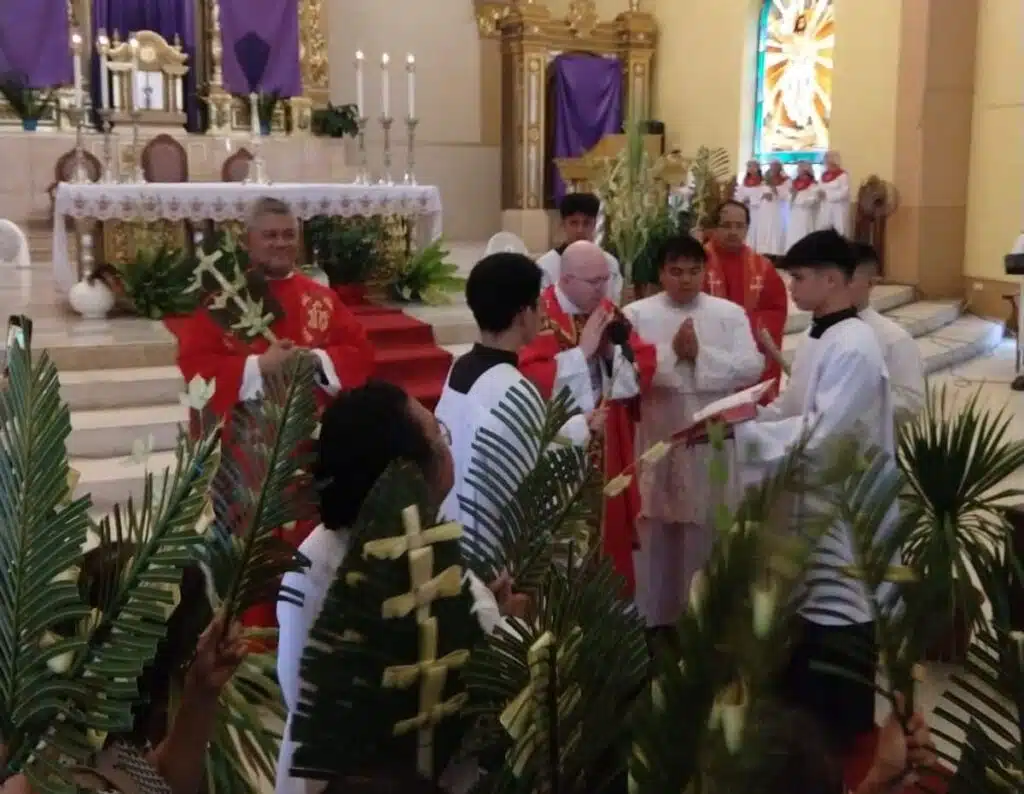
Mexico
On Palm Sunday, palms are in abundance in churches and in the streets, where locals weave the palms into beautiful patterns to sell. Some will also bring palms back to their homes to burn on the next Ash Wednesday. On Holy Thursday, many will attend Mass, and some churches will have reenactments of the Last Supper. On Good Friday, many streets close down to allow the locals to put on a Passion play where they reenact Christ’s Passion and Death, and these processions follow the Stations of the Cross. In some places, Mexicans honor the three hours that Christ hung on the Cross, from noon until 3PM, with profound silence. After Mass on Easter Sunday, the locals fill the streets, rejoicing, enjoying local foods, and greeting one another. But the celebrations do not end with Easter. For the entirety of Easter week, many schools close down and families often go on vacation.
Related Content
Marisa Cantu has a master's in political science and international affairs and a bachelor's in political science and has also studied international studies and French. She has a strong background in nonprofit work, research, writing, and policy proposal and analysis. She has written multiple articles on living the Catholic faith in everyday life, Catholic family life, devotions and prayers, and Catholic teachings.



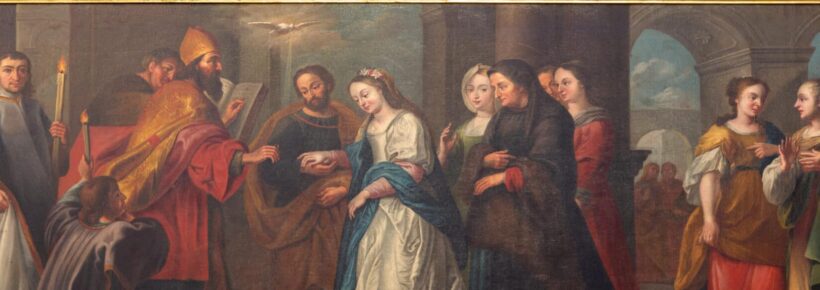

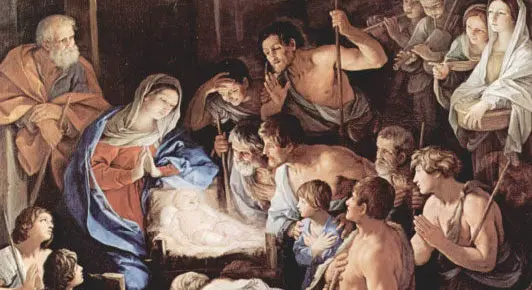
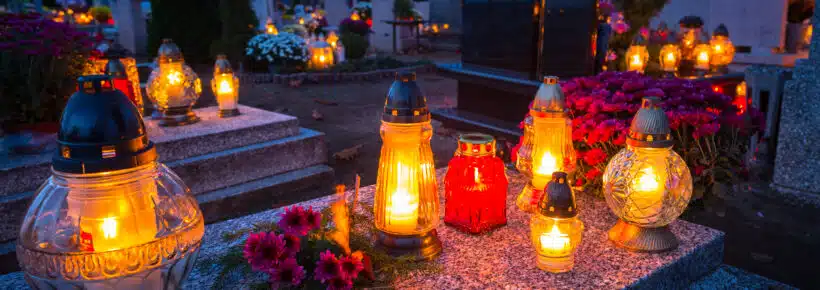


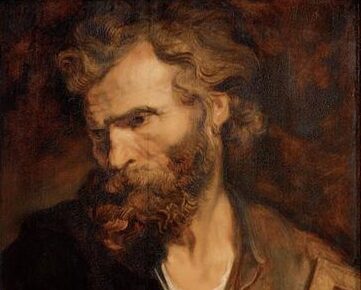

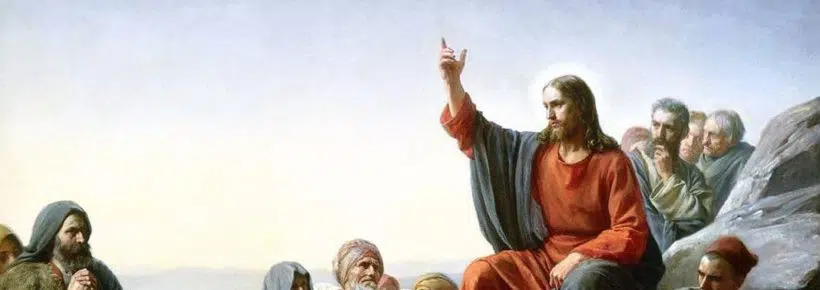


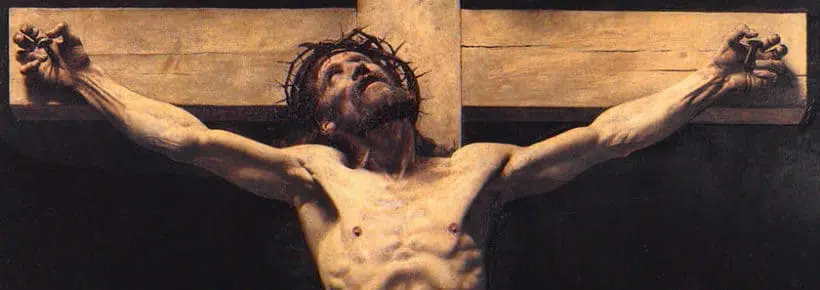
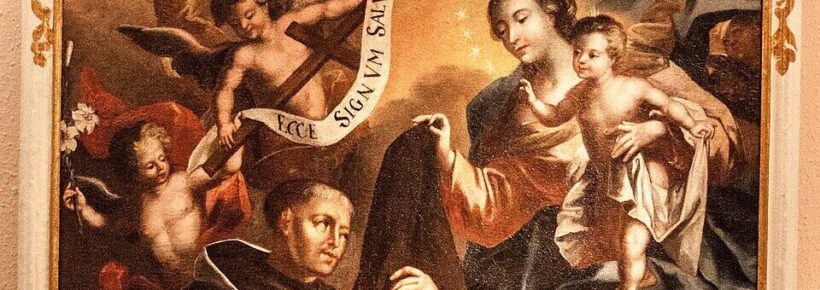

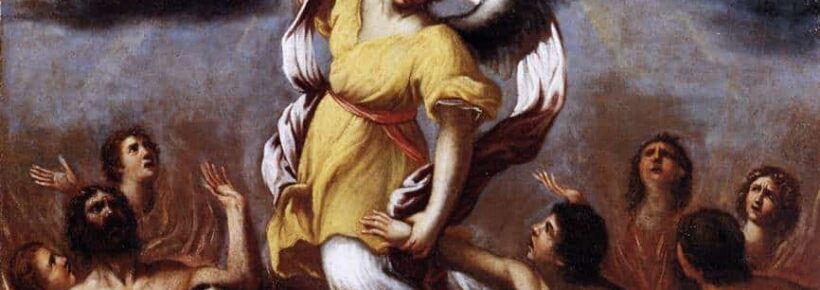

Thank you, this is beautiful!